When you develop an idea or improvement for an existing product, the primary action will be validating it with users. How do they perceive innovation? Is it useful for them? Would they recommend your innovation to friends? These questions are implied in the MVP testing techniques and strategies.
To learn more exciting things about MVP (minimum viable product), check out our insightful article on how to build an MVP effectively.
The article below discusses the proven ways to verify your product’s market value. Thus, you can choose one or several of them that suit your business goals best and test your MVP.
Why is it important to test an MVP?
In fact, MVP development services include the essential features that require less cost and time for development. Testing it with real users gives you valuable insights into how you can improve your product. So, after trying your minimum viable product, you get the following outcomes:
- Less cost for development;
- Faster time to market;
- Early changes and improvements to the idea;
- Creating the initial user base of your product;
- Attracting investors with a tested MVP.
A successful project comes from what you like, what people need, and what you can create. Understanding these points comes through testing with real users. They will try your product and give you insights on improving it.
What is the basic idea behind MVP testing?
MVP testing is like approaching people down the hallway and asking them to try your product. You can ask people about the usability and features you included in your product’s test version. For this, create tasks for them and observe how they tackle the problems. This process helps to validate if you need to change the flow and user interface elements.
For accurate results, ask people who know very little about your product. Thus, you will get a frank and unbiased opinion on your solution.
17 best ways to test an MVP
It is essential to test your product if you want to achieve many MVP benefits. There are various means to check how adopters like your MVP. Below, we discuss the most common MVP testing methods that help discover the demand and improvements.
Low-fidelity MVP testing types
It is an excellent way to check if the product idea works for the target audience before spending a lot of time and resources on a polished version. These testing types of MVP usually use basic materials like paper, sketches, or wireframes.
1. The Fake Door
A "Fake Door" in the context of MVP testing refers to a simulated feature or functionality that appears functional to users but does not exist. It is a clickable or interactive element that provides insights into user interest and engagement without investing time and resources into fully developing the feature.
This innovative approach involves encouraging your client base to register for a forthcoming product or service that is not yet accessible. You can effectively assess market demand by measuring the level of interest through the number of attempted accesses. The traffic to this page serves as a proxy for potential downloads or orders within a specified timeframe.
Let’s check the hypothetical test Curtis Stanier, Product Lead at Delivery Hero, created.
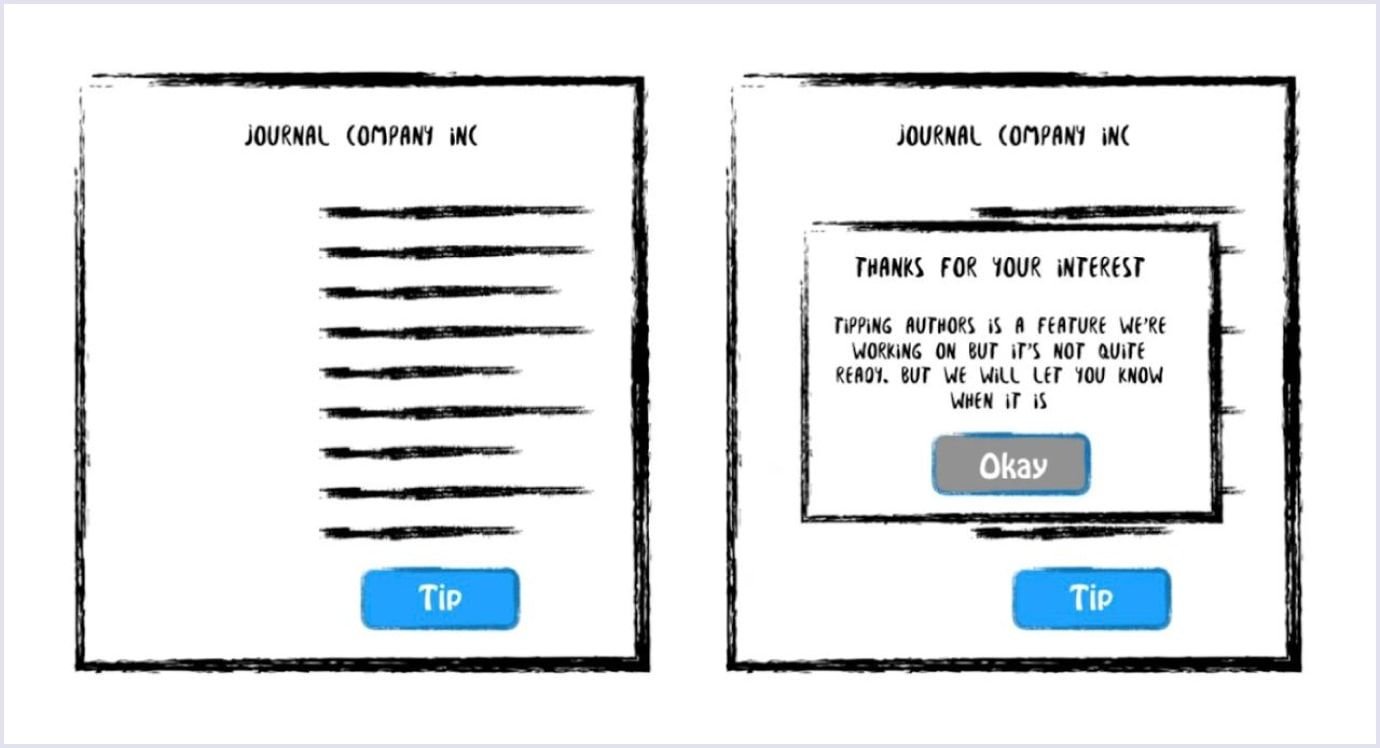
There are the following practices for testing with Fake Doors:
- Identify key features;
- Create a seamless user experience (UX);
- Conduct A/B testing;
- Gather user feedback;
- Monitor analytics;
- Iterate and optimize.
2. Customer interview
It is one of the best MVP testing methods and a powerful weapon for collecting information. Customer interviews give you an understanding that you might not be able to get with other approaches. Getting feedback from those who will use your product is the best way of MVP testing.
How can you reach the right audience for a review? For this, you can collect a database of customers online and offer them to test your MVP. Then, describe the bottlenecks they face while using it.
After that, ask users to grade each problem and tell if the MVP solves them. Note the answers to get a full view of the users’ responses. Thus, you will gain precious validation results that will help you improve your product.
In our practice, we also rely on customer reviews to know better how our products serve. For example, when we created an initial version of the referral management software for RefDental, customers left their feedback.
Thanks to customers’ reviews, we understood that the solution needs improvements. So, we added a new platform role, namely the patient, and a convenient booking system. Check the video below to see how the final solution works.
3. Landing page
MVP startups put a lot of effort into connecting with the target audience. So, a landing page is the best way to show your MVP to potential users. It demonstrates the primary features of your product. Also, it allows you to gather users’ emails and contact them in case you need more information.
Landing pages are helpful for startup testing MVP because they include only the basic features you need to present to your audience. Also, landing pages help collect essential metrics that show your product’s engagement level. With a landing page, you can do the following:
- Offer several versions of your product;
- Suggest different subscription plans;
- Ask about how your MVP solves users’ problems.
For instance, this was the case for Buffer, which started as a landing page.
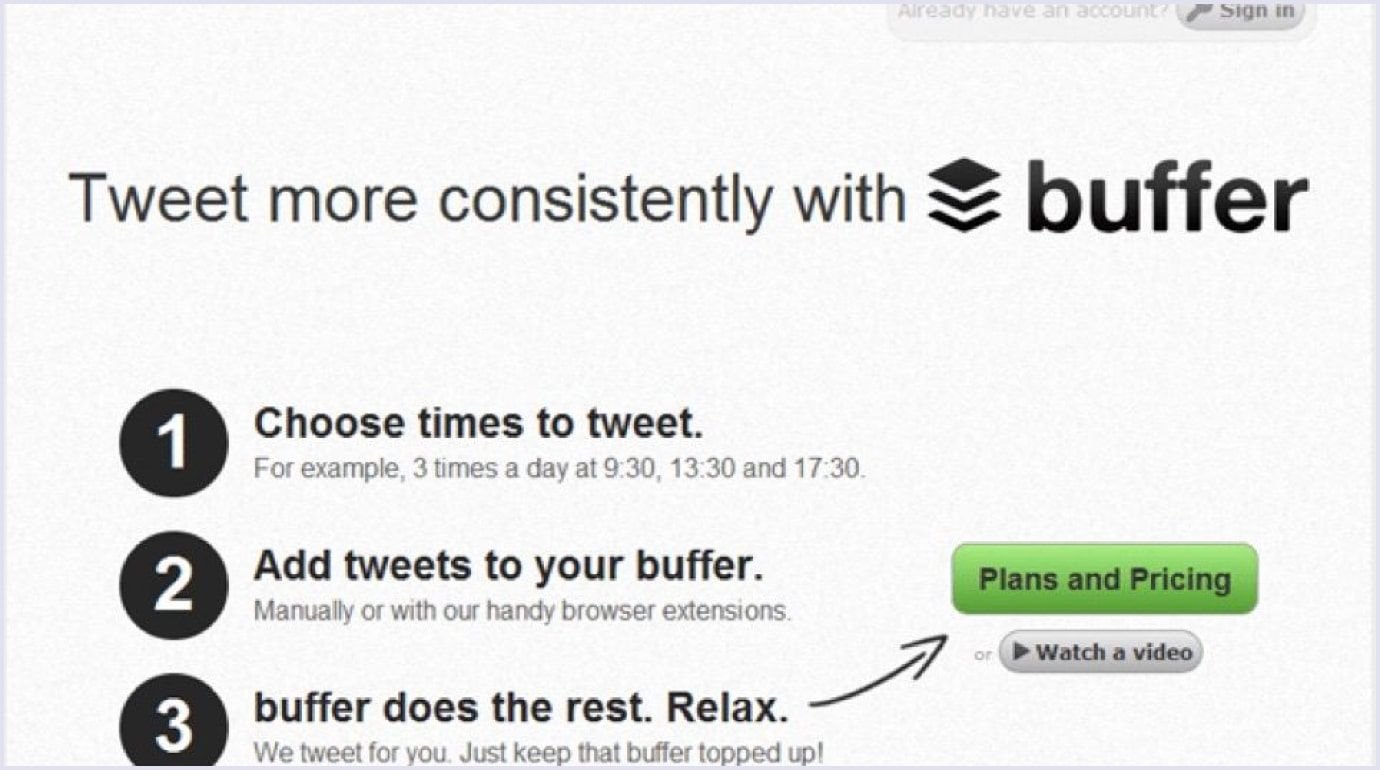
4. Email campaign
Evaluating the effectiveness of your MVP can be achieved by sending emails to measure user engagement with links or monitoring responses to follow-up emails. Within various testing types of minimum viable products, this approach is efficient when you possess a pre-established list of potential prospects. When executing an email campaign, it is crucial to meticulously monitor and assess critical metrics, including click rate, open rate, bounce rate, and engagement with redirected links.
Below is a real-world example of email campaign MVPs by Product Hunt, an American website for sharing and discovering new products.
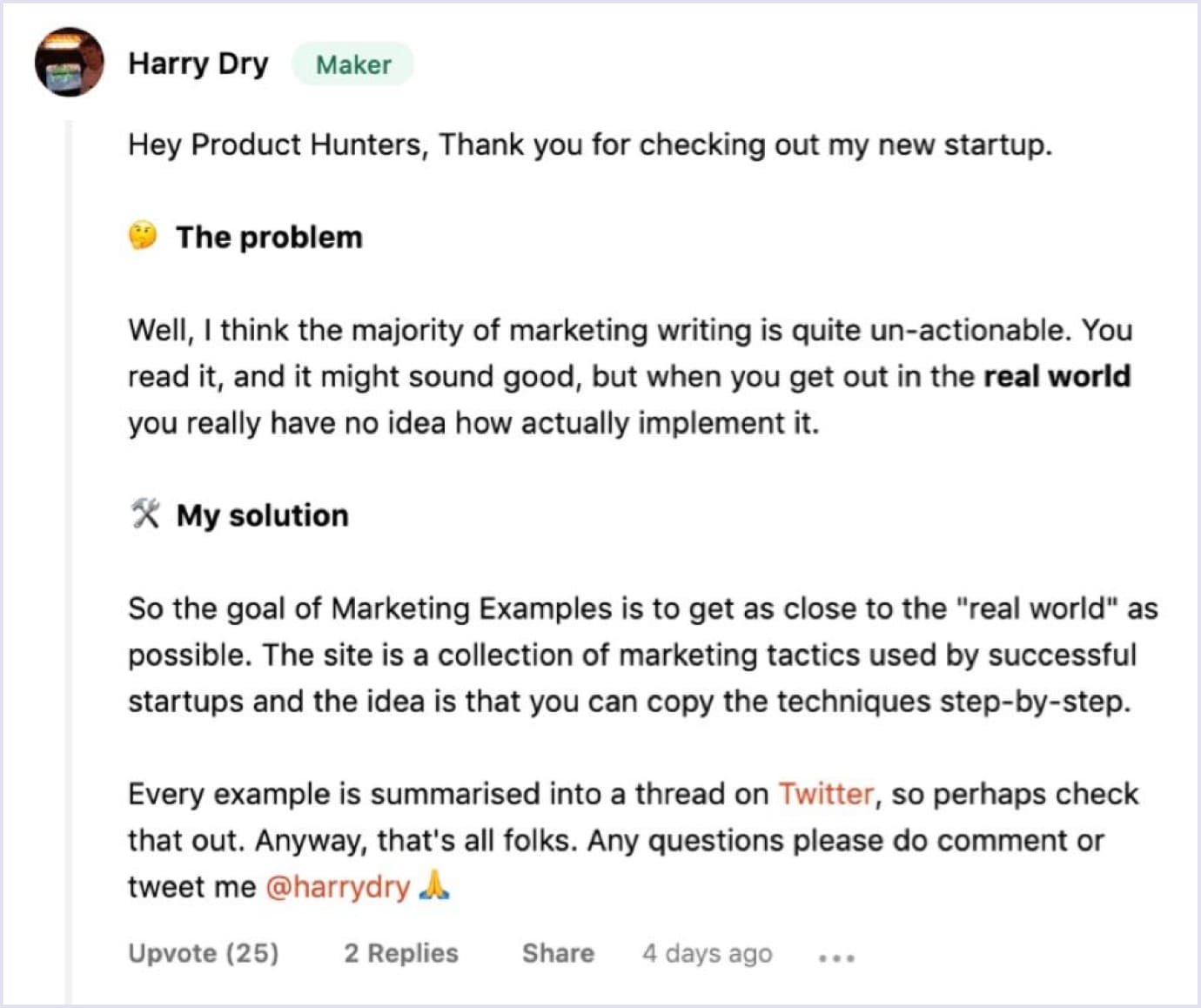
Here’s a short guide for MVP email testing:
- Segment audience;
- Craft compelling messages;
- Create interactive emails;
- Make responsive design;
- Iterate based on feedback.
5. Forums/communities
For practical MVP testing, forums and communities are invaluable resources, offering unique user engagement and feedback advantages.
If one aims to gain insights into their customers’ challenges, exploring specialized forums related to the topic can effectively acquire insights directly from prospective customers. One may extract valuable information and existing discussions from these forums or actively engage with customers by becoming a member and participating in interactions.
Below is a concise guide on utilizing these platforms:
- Early feedback. Introduce your MVP to forums to initiate early conversations, gather initial impressions, uncover unforeseen challenges, and validate user interest.
- Targeted audience. Use forums’ niche focus to reach your intended audience directly, ensuring more relevant and reflective feedback.
- Iterative development. Forums provide a real-time environment for iterative development, allowing you to implement changes promptly based on user input.
- Community-centric features. Tailor your MVP to suit specific community needs, identifying and implementing features that resonate with users in that space.
- Building advocacy. Engaging with forums helps build a community around your product, turning satisfied users into vocal advocates for organic growth.
- Monitoring trends. Forums offer insights into industry trends and competitor products, providing valuable context for shaping your MVP and future iterations.

6. Paper prototypes
In general, paper prototypes offer a unique and cost-effective approach. A paper prototype is a valuable tool for comprehending the user experience of a product. Team members proficient in employing these prototypes gain insights into the product’s functionality. This approach proves particularly beneficial when dealing with tangible items such as mobile phones, tables, chairs, and similar physical products.
Let’s explore concise ways to use paper prototypes for effective MVP testing.
- Cost-efficient iterations. Paper prototypes enable swift and economical iteration, ensuring the final product aligns closely with user expectations.
- Engaging user interaction. Tangible paper prototypes foster user engagement and empathy, eliciting candid and detailed feedback.
- Agile rapid prototyping. Paper prototypes allow rapid changes, promoting agility in responding to user feedback and validating assumptions.
- Storytelling and scenario exploration. Facilitate scenario exploration through storytelling, uncovering potential user pain points, and refining the product accordingly.
- Cross-functional collaboration. Paper prototype testing encourages collaboration among diverse stakeholders, resulting in a holistic understanding of the product.
- Early risk mitigation. Identify and address issues early, mitigating risks by simulating user interactions and foreseeing challenges.
7. Pre-order
It is a method of MVP testing similar to crowdfunding. The difference is that pre-order investments will return to users as a product. Pre-order investments are used to develop and release a minimum viable product. The paying interest shows the growth potential for the product.
This approach was used by Oculus, a billion-dollar company producing VR (virtual reality) headsets and providing digital entertainment services. They started with a pre-order page suggesting a kit that was in production. The interest was so viral that the project went to Kickstarter and raised $250,000 on the first day. The company still uses the pre-order approach for new product releases to market.
8. Split testing
A/B testing is one of the marketing MVP testing strategies that allows you to test two different product versions. It is also called split testing. The approach uses customer data and verifies whether a feature or product appeals to the audience.
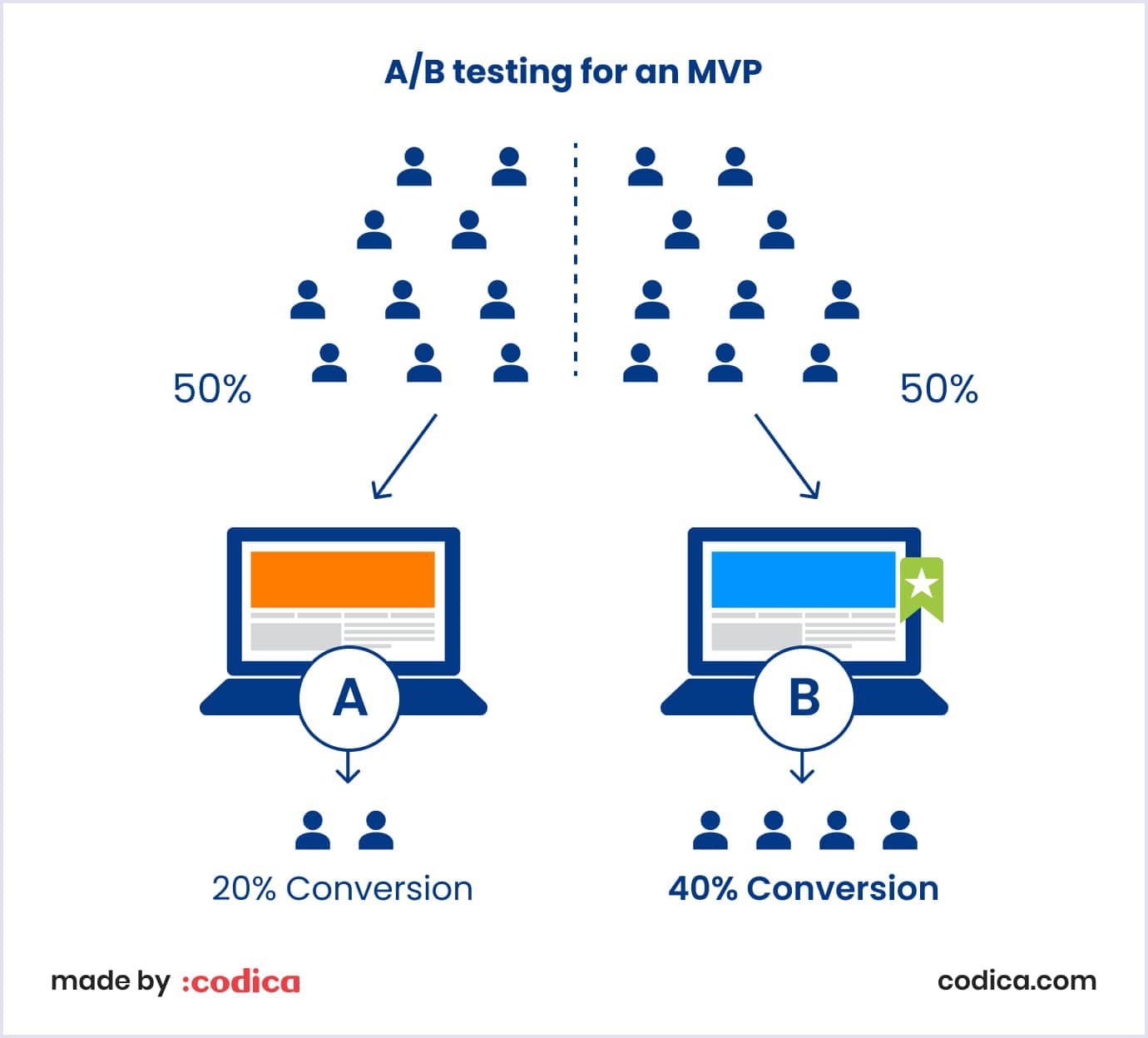
When performing A/B testing, consider the following aspects:
- Choose only one validation parameter at a time for A/B testing;
- Select the primary indicator that you want to test and the assumptions on the result;
- Decide to split the traffic between two versions randomly or equally;
- Choose the MVP success metric to understand where your product performs well.
When conducting A/B tests, remember that you need to compare statistically significant data. If version B performs better in one parameter, also check other data. The rates, such as bounce rate, conversion rate, or frequency of use, give you a complete picture of the better version. You can use Optimizely or Google Analytics to measure these key metrics.
9. Explainer videos
What are other testing types of MVP? If you want your adopters to understand the value of the offered product, the best option is to show it and one of the ways to test it.
With an explainer video, you highlight the value and features of your product and outline how it works. Thus, you let customers who are interested in your product decide whether they are eager to use it. Check the number of sign-ups following the explainer video. This way, you’ll see how many people need your MVP.
This is how Dropbox acted in the beginning. They created a short video describing what Dropbox is and how it works. The product idea was perfect at the right time and with potential customers. The number of sign-ups reached from 5,000 to 75,000 sign-ups overnight, measuring MVP success. The product resonated with the audience’s needs despite being under development.
10. Crowdfunding campaigns
Crowdfunding means getting finances for your product idea from small investments of many people. Creators explain their startup ideas and plan how they will use the money raised under the campaign.
How can crowdfunding be used for testing an MVP? The indicator is the amount offered by people. The more considerable the amount, the more people are interested in your minimum viable product.
Many platforms, like Kickstarter or Indiegogo, help startups get contributions from people. Aspiring entrepreneurs hold hundreds of campaigns on such platforms. So, your idea must be compelling enough for people to contribute to it.
In addition to the above platforms, you can promote your idea on the following sites:
- StartEngine;
- Fundable;
- SeedInvest;
- CircleUp;
- Patreon.
An example of the successful use of this method is Pebble E-Paper Watch. They nailed it on Kickstarter as the first customizable watch at an affordable cost.
High-fidelity MVP testing types
While high-fidelity MVPs are pricier and take more time to create, they give a better idea of the final product. These testing types of MVP have a higher level of design and functionality.
1. Concierge
As one of the best testing types of minimum viable products, the concierge approach gives a tailor-made experience to a specific number of customers. That is why such a customized MVP is called “concierge”. The assumption tested in such MVPs is whether the supposed customers are ready to pay for the suggested services.
Food on the Table used this MVP validation approach to test their idea. The app suggests recipes and grocery stores with the best deals based on your food preferences.
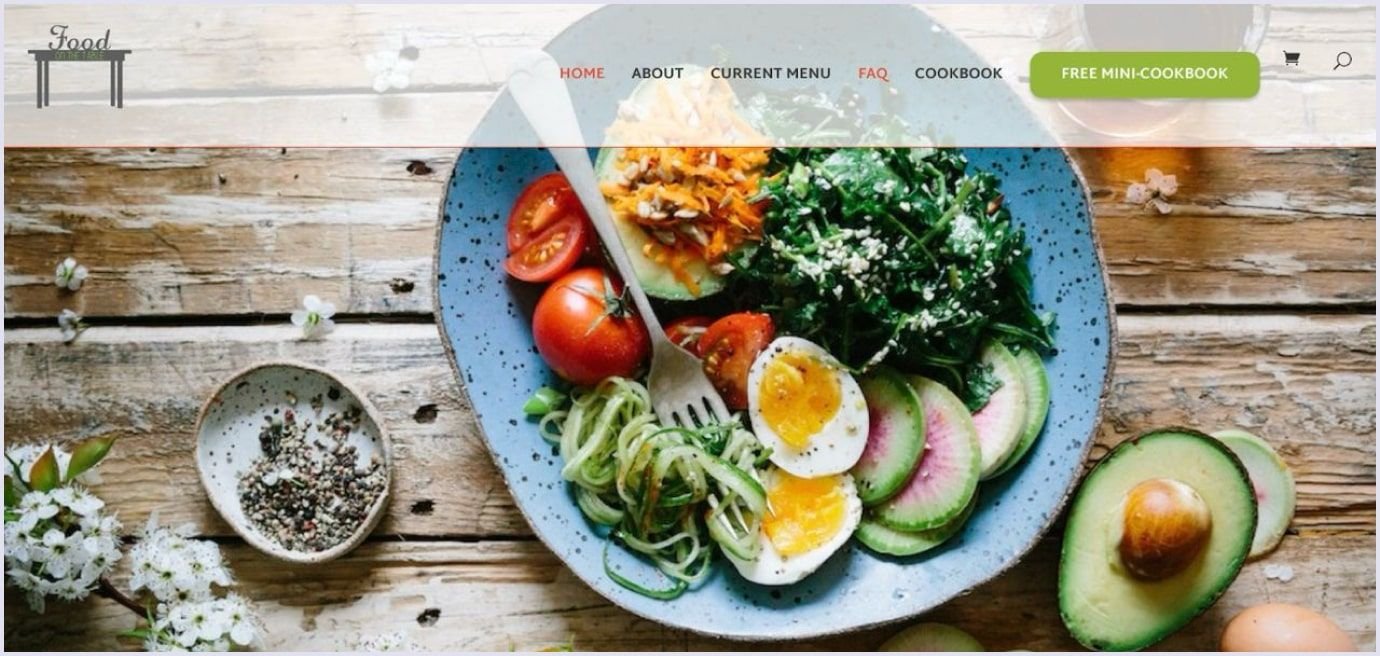
2. Wizard of Oz
In the early stages of making a product, it’s helpful to show a basic version (MVP) that seems like a complete product to potential customers. This gives them a taste of what it could be like. While this strategy demands a significant investment of time and effort, it is a highly efficient means of assessing the appeal of your product or service before full-scale development.
This MVP testing method employs human resources to emulate the functions your envisioned technology aims to achieve. By adopting this approach, you can validate the market interest in your product while minimizing technical expenditures.
Simulating full functionality
Design the interface to mimic a fully automated system, gathering user reactions without heavy investment.
Human-powered prototypes
Use human operators to simulate automated processes, allowing real-time feedback and refining the user experience.
Iterative feedback loops
Implement continuous feedback loops for quick adjustments and alignment with user expectations.
Cost-effective experimentation
The method is cost-effective, enabling the validation of ideas before committing to development.
Uncovering user insights
Capture qualitative data through human operators, gaining valuable insights into user behavior and preferences.
Agile adaptation
Like the wizard adapting to needs, the approach facilitates agile development based on user feedback.
For instance, IBM has created Wizard of Oz prototypes to test several products as early as the 80s.
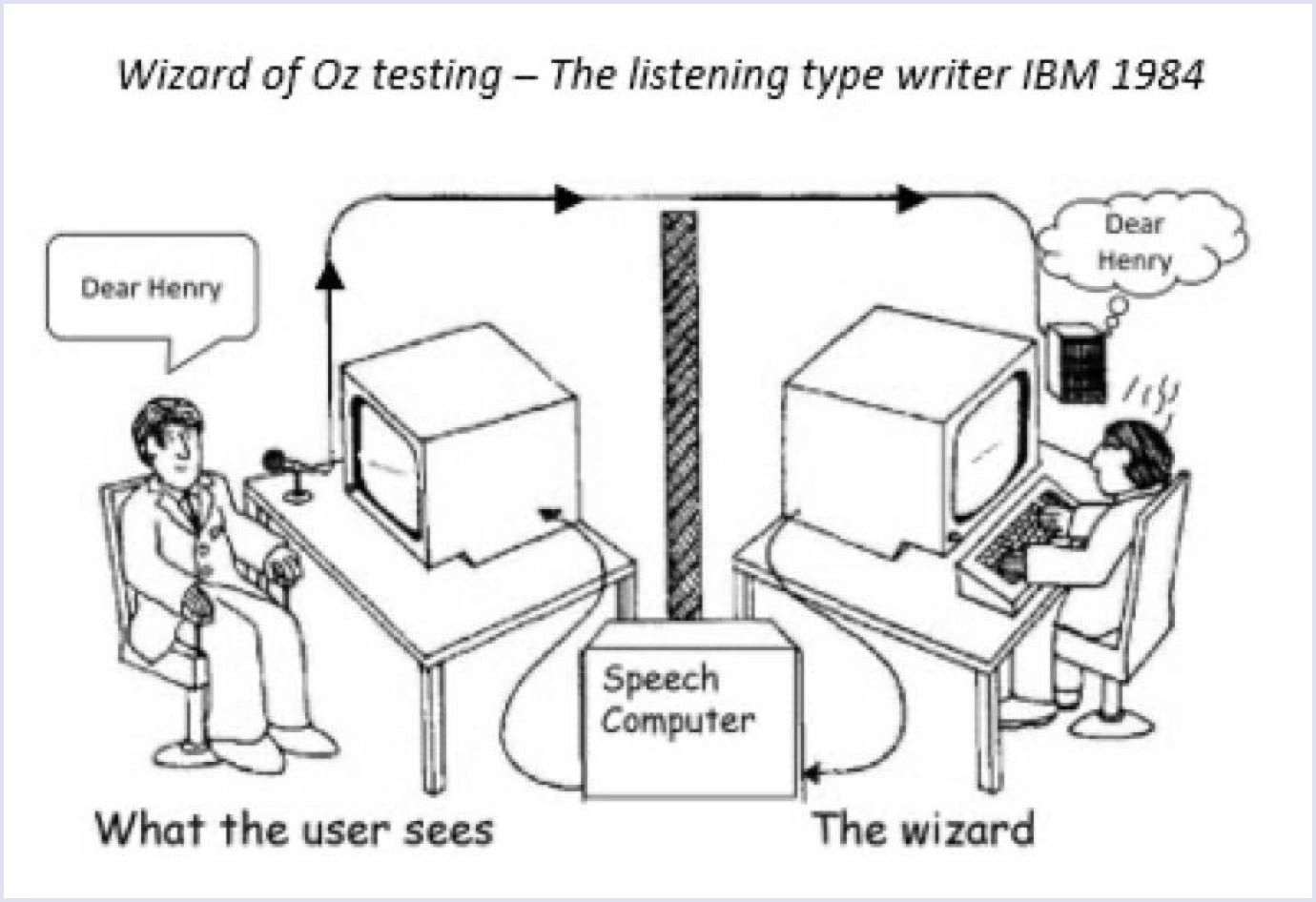
3. Piecemeal
Creating incremental MVPs involves constructing a prototype of your product by using pre-existing tools. Rather than dedicating time and resources to develop components independently, one can utilize existing platforms, tools, and services to establish an MVP. In fact, the piecemeal MVP testing type is a combination of Wizard of Oz and Concierge testing techniques.
Groupon is an illustrative case of a piecemeal MVP. This global ecommerce marketplace adopted a strategic approach. The company constructed a WordPress website coupled with Apple Mail and AppleScript to generate PDFs for orders. This approach significantly reduced the effort and cost of building an MVP, showcasing a practical implementation of the concept.
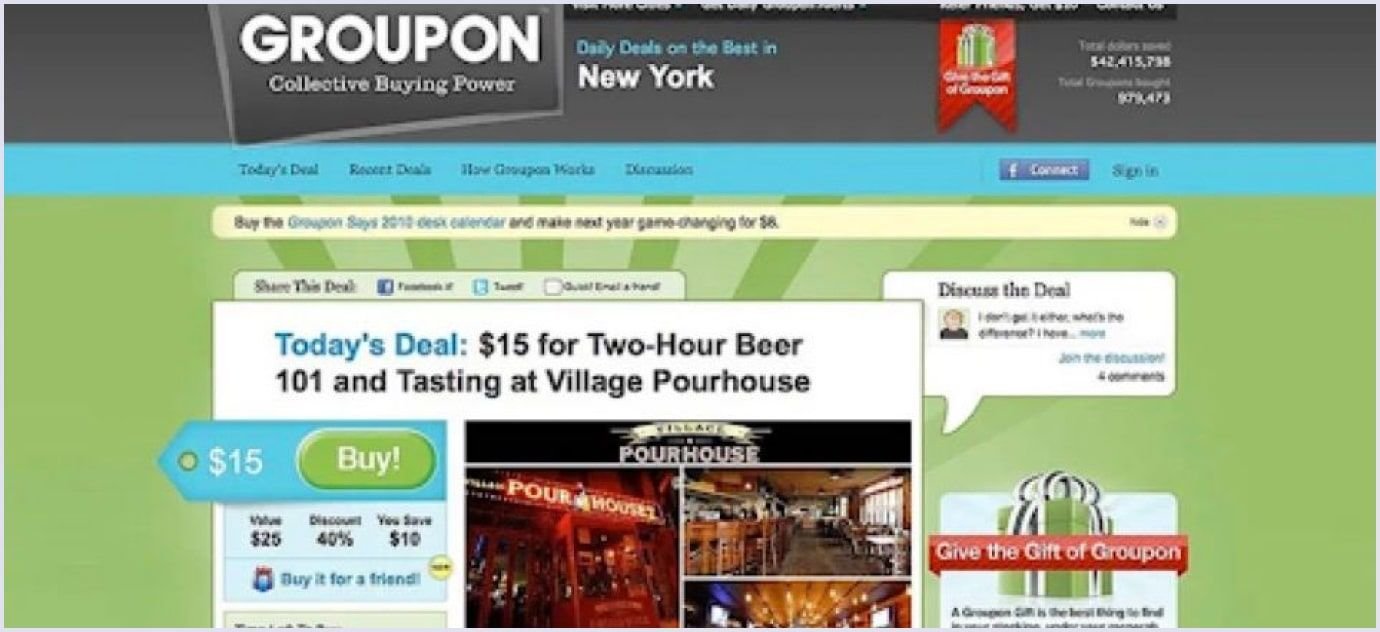
4. Single-featured
In the case of an MVP, you can focus on a single feature rather than a set of them. This is an excellent approach as it helps you to reduce development time and costs. Moreover, you focus on a narrow target audience before developing a final product.
A single-feature MVP also lets customers focus on the value of the product. That’s what makes this MVP testing strategy excellent. For example, Foursquare used it. The first and only feature of Foursquare was checking in the social networks with the current location.
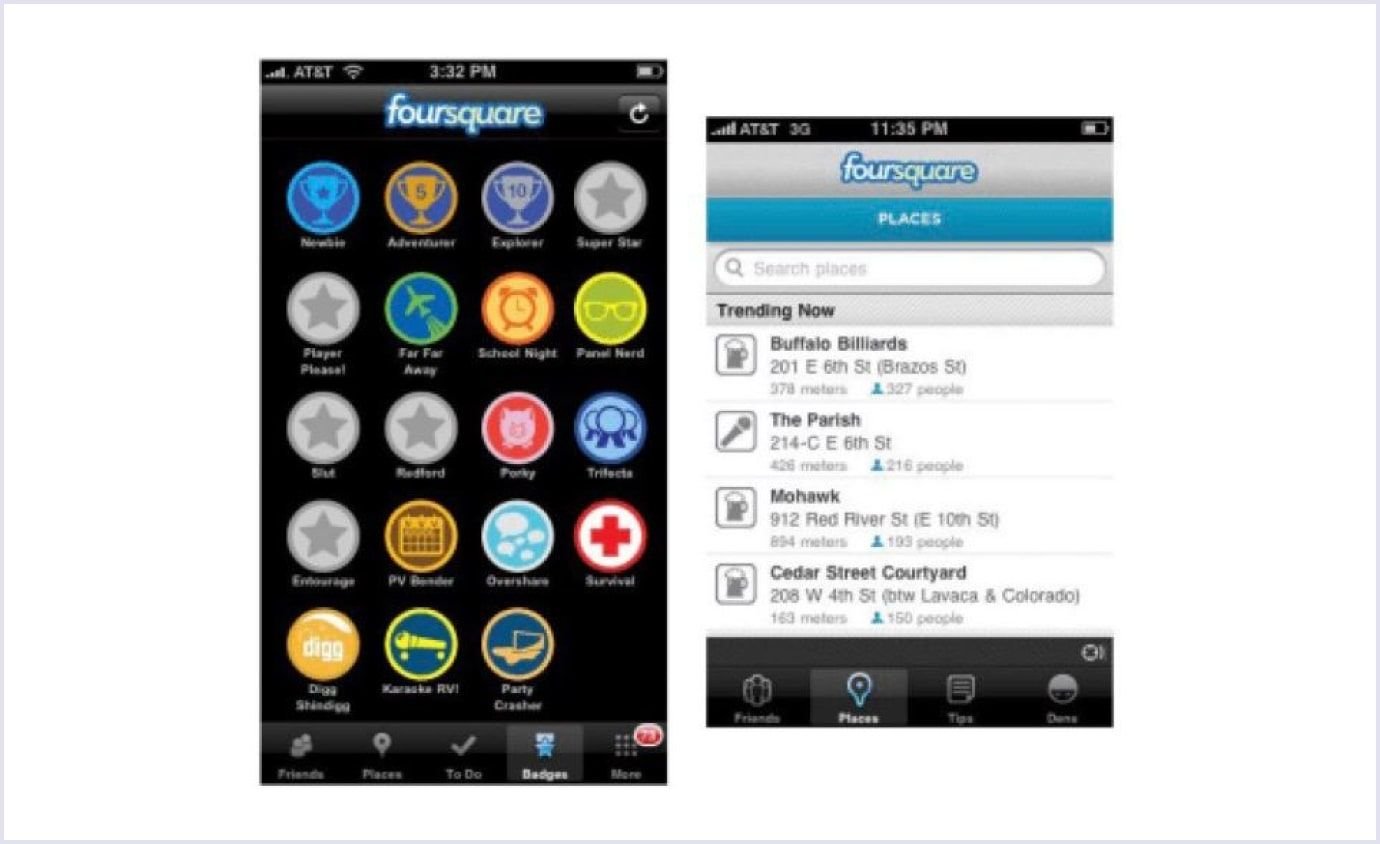
The benefits of using single-feature MVPs are as follows:
- Saving time and costs for development;
- Narrowing down the tested audience;
- Ease of testing.
For example, after testing one feature, you can add more functionality to your MVP in app development.
5. 3D models
Creating a minimum viable product can enhance the sophistication of your prototype, providing it with a professional touch. However, it’s important to note that opting for an MVP incurs additional expenses compared to employing a paper prototype. This aspect merits careful consideration, especially when developing a product intended for manufacturing purposes.
Here are key testing strategies for 3D model-based MVP:
- Functional testing. Ensure smooth interactivity and test compatibility with various 3D file formats.
- Performance testing. Evaluate and optimize the time it takes for 3D models to load within the application.
- MVP UX testing. Test the overall navigation flow within the application, ensuring that users can easily navigate between different 3D models and related features.
- Compatibility testing. Ensure the 3D model features work seamlessly across web browsers.
- Security testing. If the MVP involves storing and retrieving 3D models from a server, conduct security tests to safeguard against unauthorized access and data breaches.
- Feedback and usability testing. Gather feedback from users to understand their experience with the 3D models. Use this feedback to identify areas of improvement and implement necessary changes.
- Scalability testing. Test the application’s performance with 3D models of varying complexities. Ensure that the MVP can handle a diverse range of models without compromising performance.
6. Social media microsurveys
Social media have become an integral part of our lives, helping us to share novelties with our friends and loved ones. It would be great to use this opportunity to test a business model.
Typically, microsurveys consist of two to three questions. Answers from social media users will help you understand if they need the feature or product you offer. As microsurveys are concise, users are eager to respond to them, and you will receive prompt results for the MVP testing.
With millions of social media users, you get massive coverage of potential customers. Unlike other survey approaches, microsurveys deliver the needed user feedback quickly and in full. For example, Facebook surveys have an option that enables users to add their answers.
Before testing your MVP with microsurveys, discover what social media your target audience uses. Thus, you will reach your potential customers, improving your survey results.
7. Ads
Platforms like Google and Facebook help track demographics with ad campaigns. Also, you can achieve the exact target audience you need with the services. Thus, you can discover what MVP features and benefits appeal most to your potential customers.
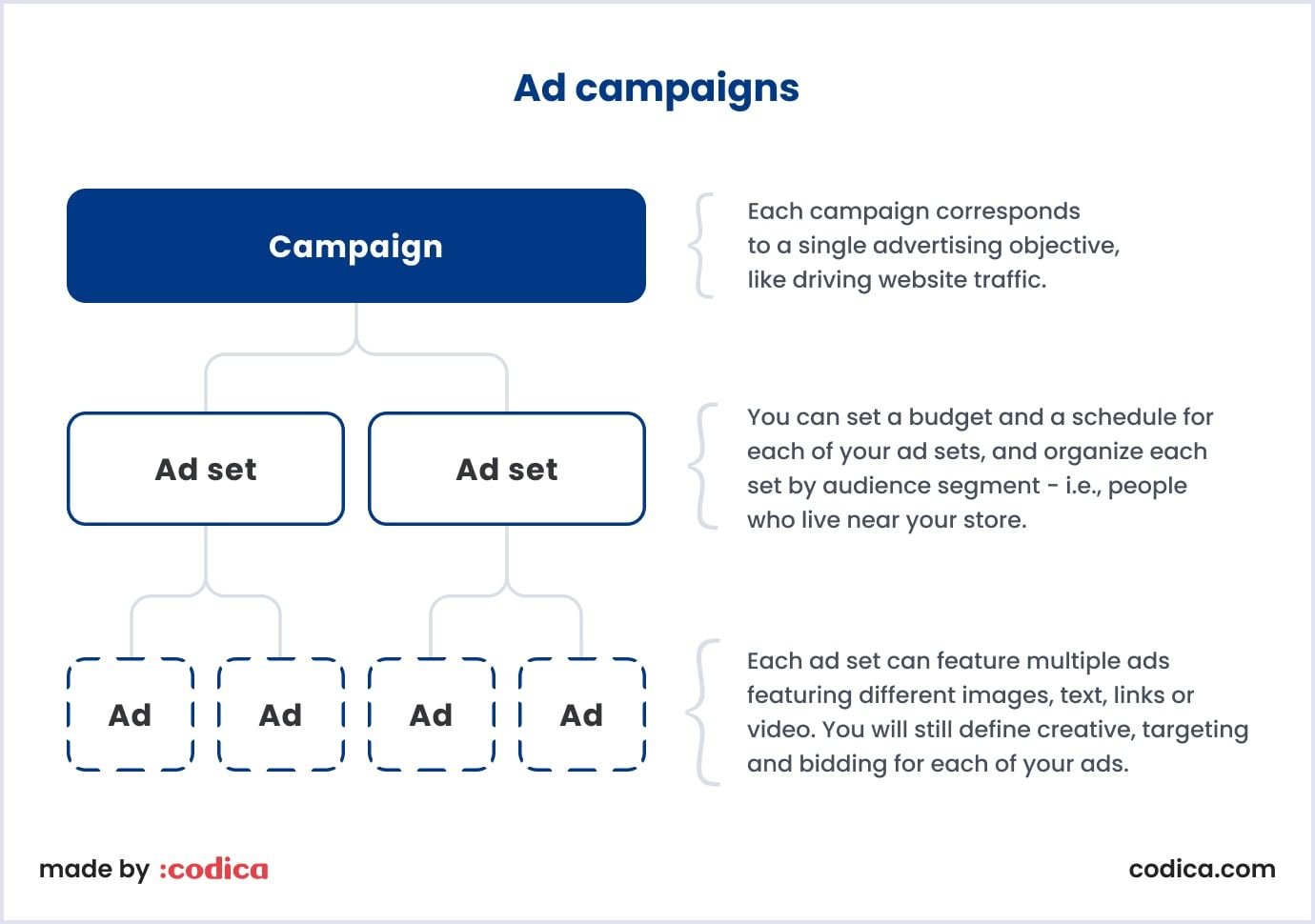
For example, you can follow these steps when you use Google Ads to achieve the best MVP testing results:
- Build a simple landing page with a description of your MVP and its incentives for users;
- Create a regular campaign on Google Ads;
- Use keywords that users will target when searching for your product or service;
- Run ads in the market area where your MVP will be available;
- Set a price per ad affordable for you.
Thanks to click-through rate (CTR) and conversion data, you will know where the strong points of your MVP are. Stable traffic in response to your ad campaigns means people are ready to pay for your final product or service.
Initially, Facebook and Google even offer money to test the campaigns. So, you will have a base where to begin.

Bonus: tools for MVP process market testing
User feedback and testing:
- UserTesting;
- UsabilityHub;
- Lookback.
Analytics:
- Google Analytics;
- Mixpanel;
- Hotjar.
A/B testing:
- Optimizely;
- VWO (Visual Website Optimizer);
- Split.io.
Survey and feedback collection:
- SurveyMonkey;
- Typeform;
- Google Forms.
Codica’s experience in testing MVPs
When customers come to us with new ideas, we advise them to start with an MVP. This primary version of a product is easy to develop and takes fewer resources than a full-fledged solution.
Assessing the business idea value during discovery
At Codica, each project begins with the product discovery phase. This is a development stage when our team discusses the business background of the project with a client. The video below shows the discovery phase and what we discuss at this crucial stage.
After discovery sessions, our customers get business estimates and prototypes on hand. So they can gather initial feedback from their target audience. Another option is to build an MVP and collect user feedback.
MVP testing with real users
That was the case with the fitness progressive web application that Codica created. This solution helps connect trainers and clients and assign personal fitness programs.
After discussions with the customer, our team built an MVP and allowed users to test it. Upon feedback from trainers and their clients, we improved the accessibility of the search function. So, it became available among all programs, workouts, or nutrition plans.
To get a feel of the fitness app, check the video below presenting its full-fledged mobile version.
Codica’s approach to MVP implementation and testing
We carefully analyze the client’s requirements and business goals to avoid MVP mistakes at the start of each project. Therefore, the functionality we include is optimized and offers the best user experience. Check our portfolio to see the MVP projects we have delivered.
Nevertheless, there is always room for perfection. So, if you gather feedback and need improvements in the MVP, we are eager to help with that. After all, the build-measure-learn loop offers ways to improve the final product.
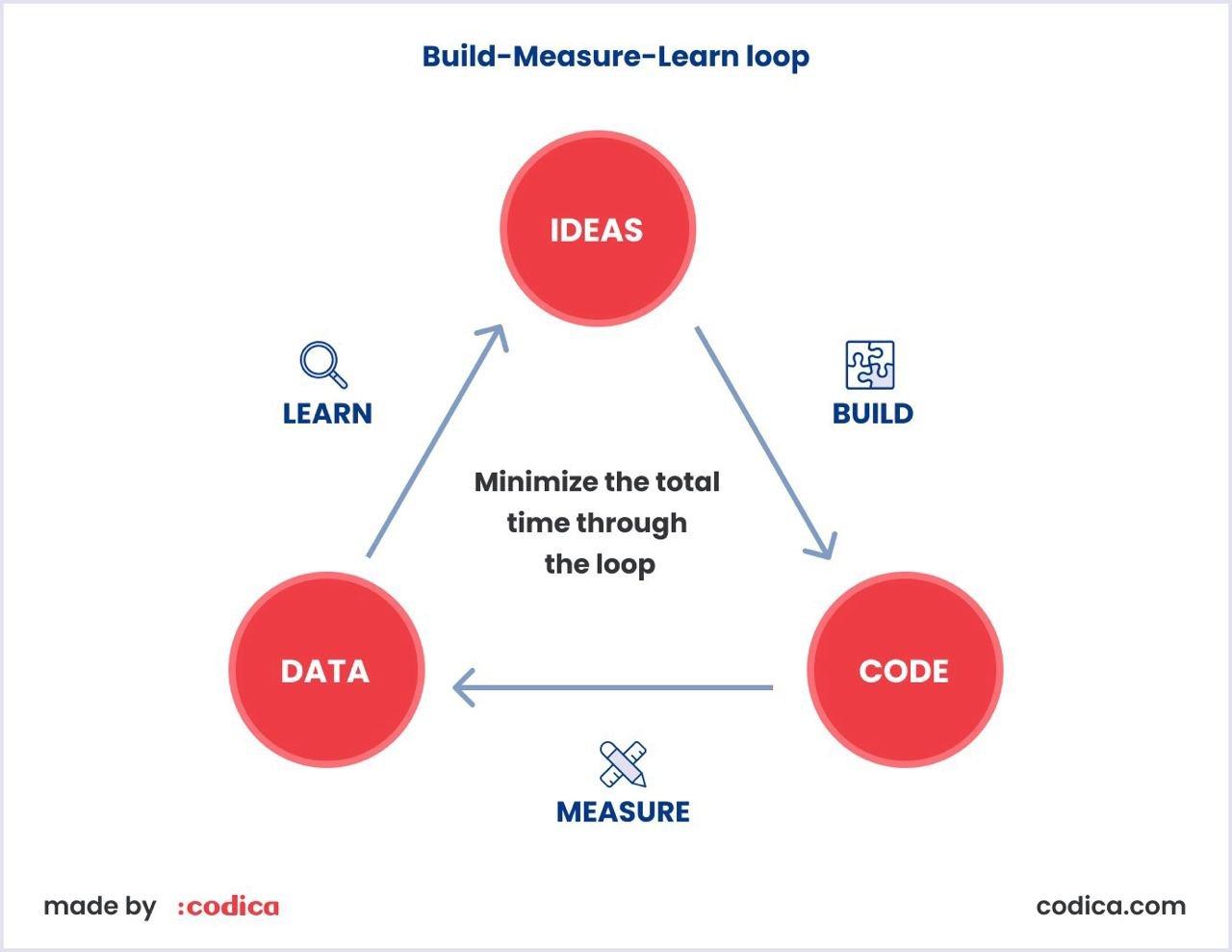
Takeaways
Testing an MVP is a versatile task that embraces different techniques. Moving through the building and testing steps, you test and discover what customers like about your project. These efforts take resources, but in the end, they bring positive results and help your business evolve.
If you need a reliable team that knows how to develop and test an MVP, contact us. Our experts are eager to help you with your tasks and build a successful product.
